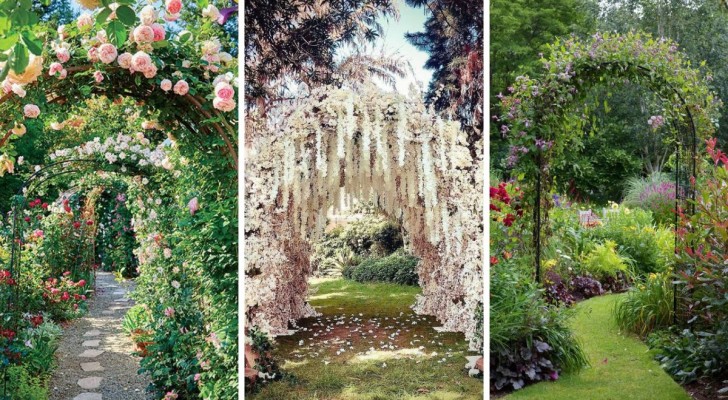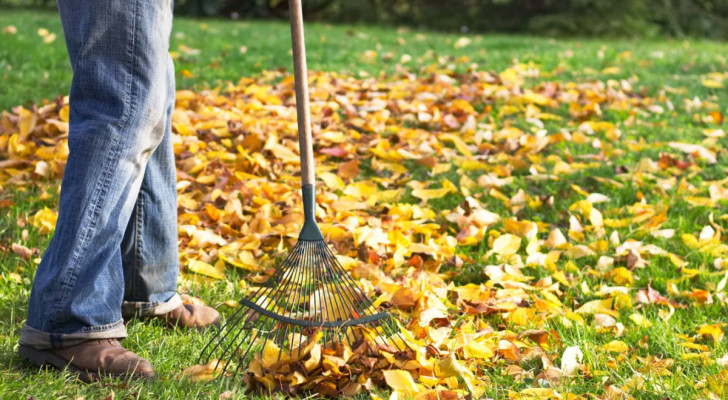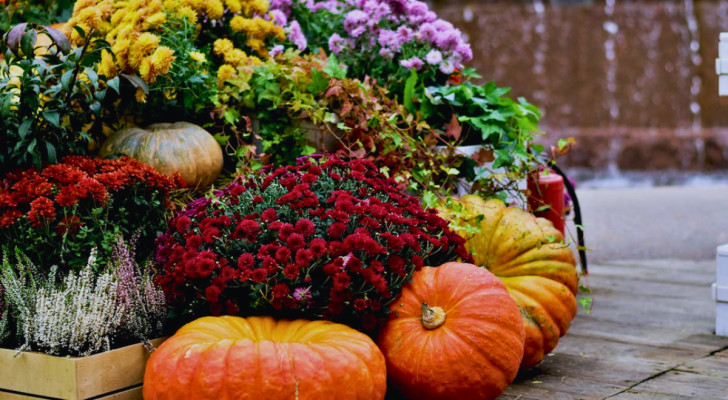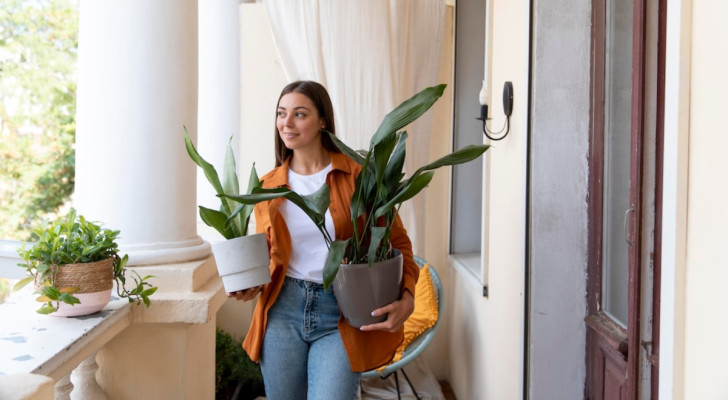A moss garden: a low-maintenance refuge of peace and serenity
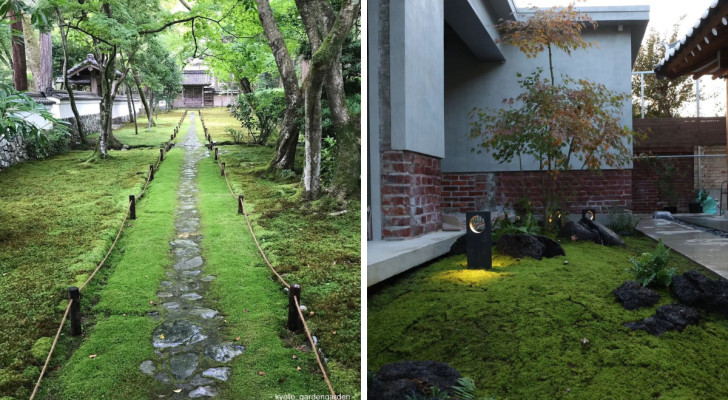
What is a moss garden? No grassy lawn, flowerbeds or traditional planters, but just a velvety blanket of moss that spreads out over the ground (perhaps interrupted here and there by rocks or gravel features). Moss thrives in shady, humid areas, where grass and common garden plants struggle to grow.
Moss is also a truly beautiful ground cover. At a distance, it looks like a soft carpet, but, as you get closer, you can see the beauty of its foliage. Very popular in the Far East, using moss in your garden could be right for you too - keep reading:
Moss is very ancient plant
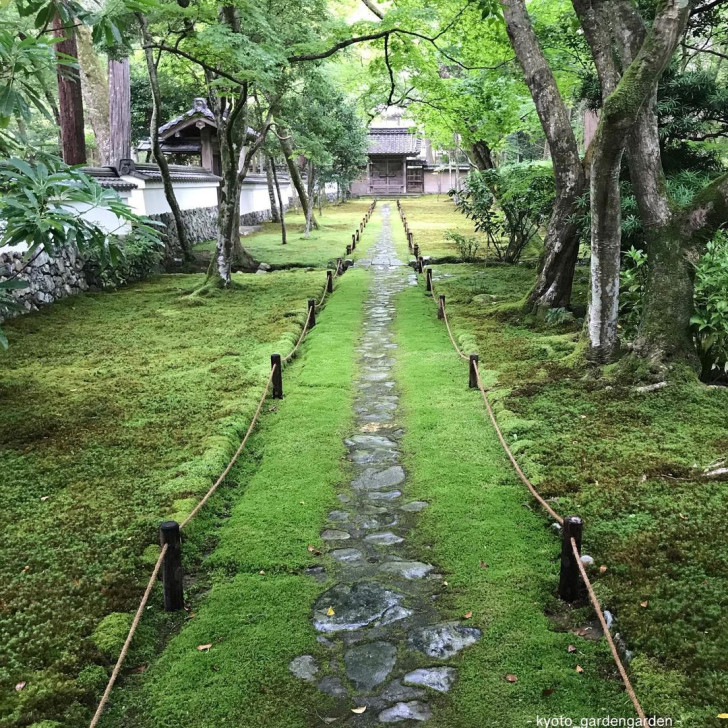
The vast moss family has over 12 thousand species and evolved over 390 million years ago. Moss continues to be a vital part of many ecosystems around the world to this day. Moss was first used as a decorative element in the garden in Far East.
For centuries, in fact, the Japanese have made an art of moss cultivation, and moss Japanese gardens can be particularly enchanting.
A serene oasis
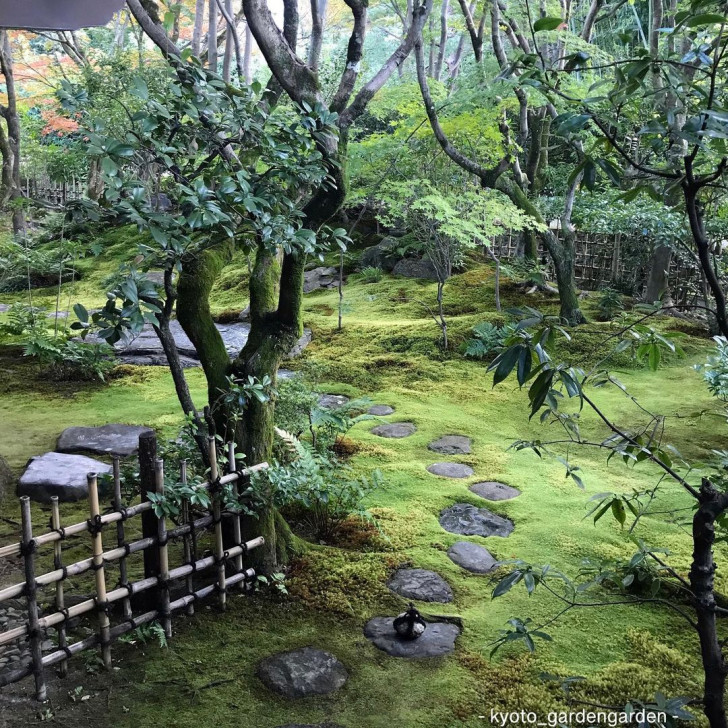
@kyoto_gardengarden /Instagram
Entering a moss garden gives one the impression of entering a fairytale world, a space where peace and tranquility reign supreme, isolated from the world at large. And considering that gardens should be a refuge where we can "recharge" in the midst of nature, it would be wonderful to have a garden like this.
What is moss?
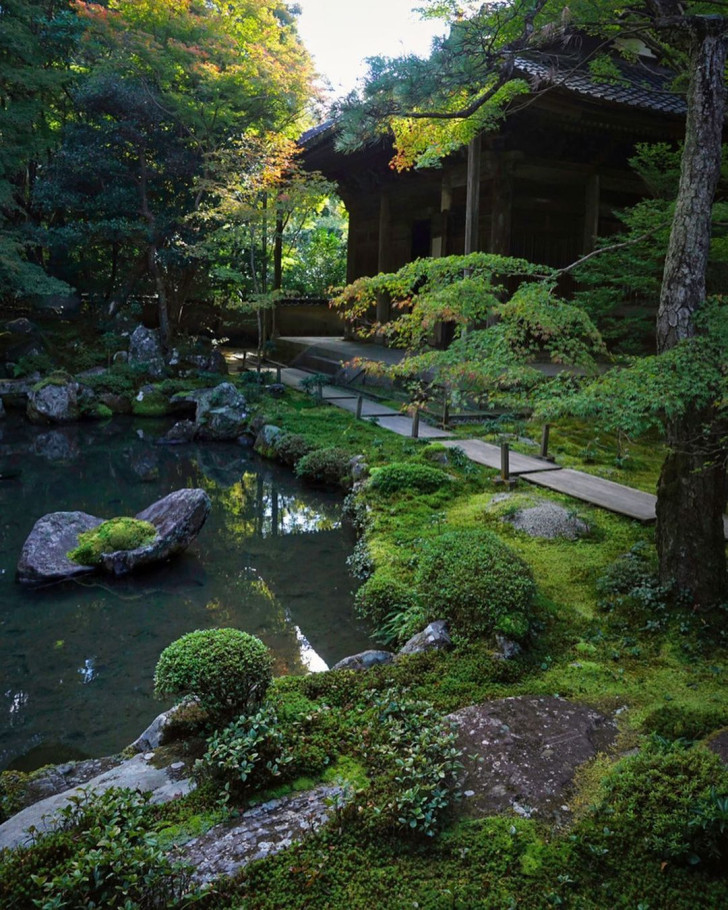
Moss is basically a "colony" of tiny plants which almost never produce flowers and do not have "proper" root systems. Instead, they have ducts that open up when they come into contact with water. For this reason, when it doesn't rain and there is a lack of humidity, moss becomes dormant, reviving itself when humidity returns.
Like other plants, moss contains chlorophyll and is able photosynthesize no matter the ambient temperature: this is why you can find green and lush moss even in wintertime.
Moss habitats

Moss prefers humid climates and partial shade. So, if you have trees which provide shade and a humid climate, you might want to consider using moss in your garden. For example, laying down moss next to a small body of water (or a water feature in your garden), could be ideal.
Setting up a moss garden
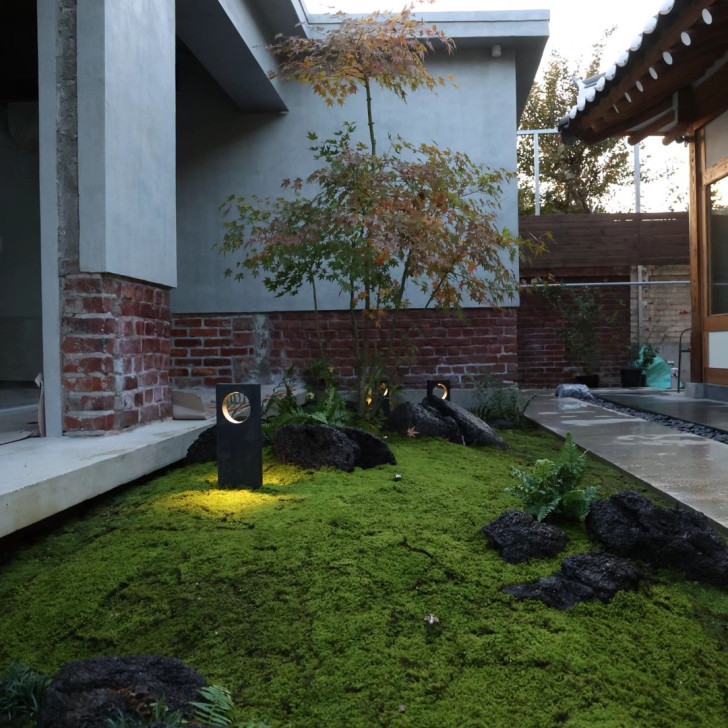
@biotope_gallery.official/Instagram
Moss can be used to lay down an entire lawn, but can also be used to decorate small flowerbeds, rock features and even garden lights: moss is very versatile.
To set up a moss garden, it is best to use moss endemic to your area. If you find have some growing in a corner of your garden, remove it by lifting the entire mat carefully.
Clear the area where you want to place the moss: the surface soil must be cleared and well-compacted. Rake this soil (but don't go too deep) and then moisten it (but avoid soaking the soil - use a spray). Then, place your mat of moss down, pressing down on it to expel air trapped between the moss and the soil.
The best time to do is in spring or autumn, when temperatures are mild and rainfall provides the humidity.
How to care for moss in the garden

Moss must be kept moist: water it up to twice a day for the first month after laying down, and thereafter, every time necessary to prevent it from drying out (less often, of course, if the area where you live it is naturally humid).
It is also important to prevent the moss from being covered by garden debris: therefore sweep (or blow away) leaves and other dead-fall debris.
Set up pathways to avoid people stepping on your moss: even the most resistant of moss species won't be able to withstand high/continuous foot traffic.
Basically, that's all you have to do. You won't need to prune, mow or fertilize your moss!
The types of moss

@biotope_gallery.official/Instagram
As mentioned, there are many types of moss, and it is best to choose one endemic to your region. Also remember, that it is illegal to take moss from public areas.
Some of the most popular species of moss are:
- Atrichum angustatum or undulatum, which have star-shaped leaves;
- Dicranum scoparium, produces thin erect stems above a soft mantle;
- Hypnum imposens, which looks like a miniature, velvet fern;
- Polytrichum commune, one of the tallest mosses, reaching up to 40 cm in height;
- Sphagnum rubellum, known for its intense red color, and with leaves that can be white or pink.
Are you ready to discover what types of moss grow in your area?
